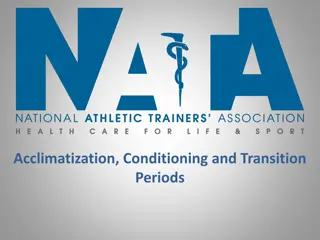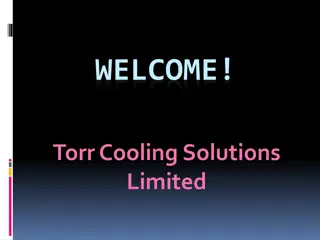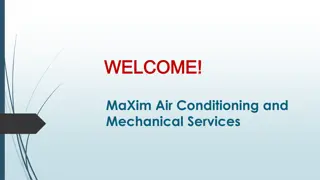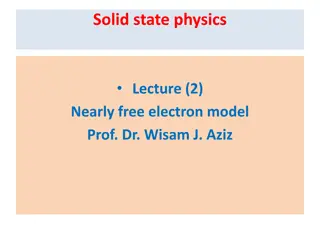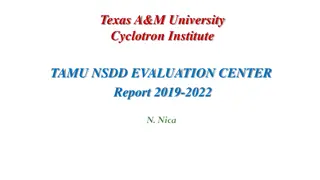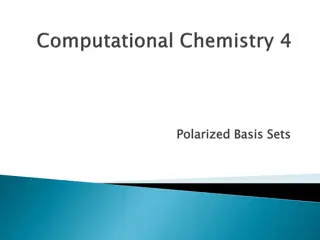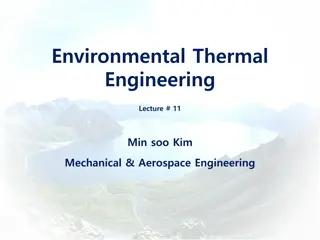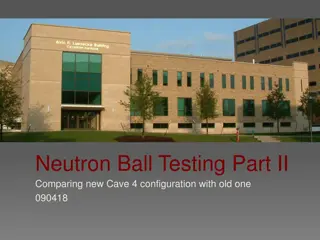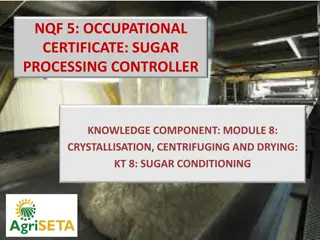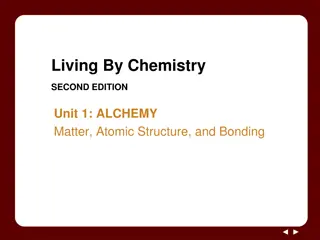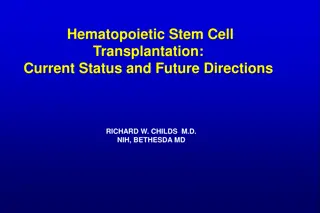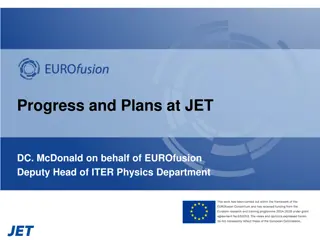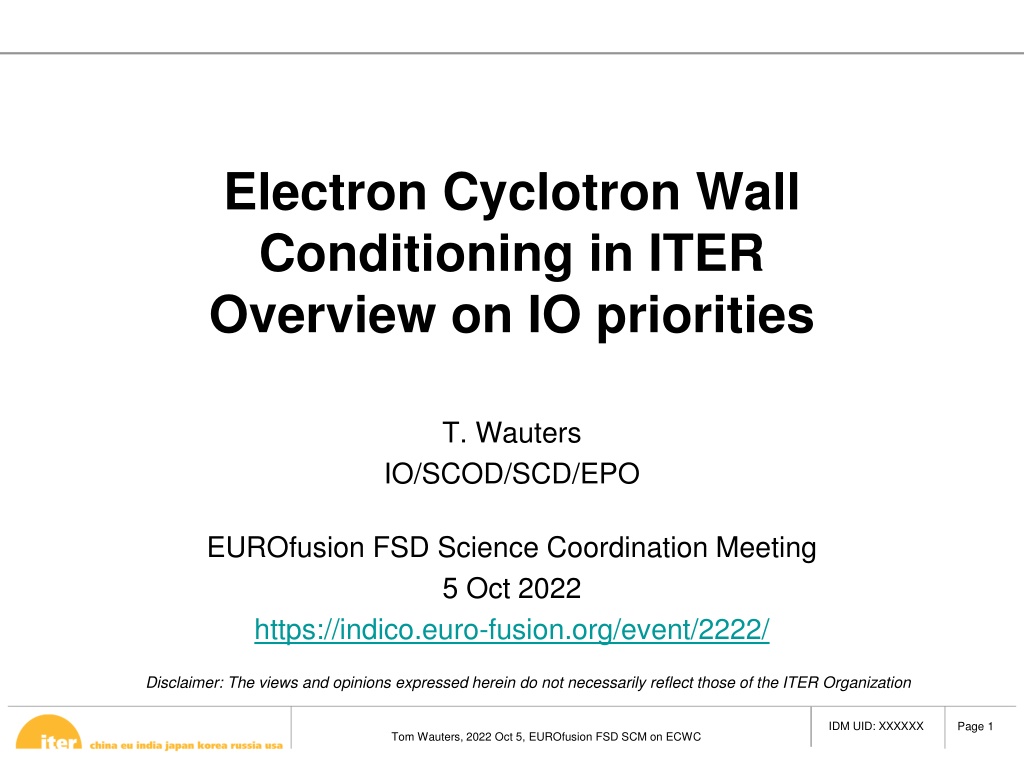
Overview of Electron Cyclotron Wall Conditioning in ITER
Proper wall conditioning in tokamak plasma operation is crucial, with options like Glow Discharge Cleaning at ITER. Ion and Electron Cyclotron Wall Conditioning are proposed, affecting material release and re-implantation. High power Electron Cyclotron Waves play a key role in the process, requiring a balance to optimize efficiency while allowing material to be pumped away. Understanding the pressure, pumping, and Electron Cyclotron Heating in this context is vital for successful operation at ITER.
Download Presentation

Please find below an Image/Link to download the presentation.
The content on the website is provided AS IS for your information and personal use only. It may not be sold, licensed, or shared on other websites without obtaining consent from the author. If you encounter any issues during the download, it is possible that the publisher has removed the file from their server.
You are allowed to download the files provided on this website for personal or commercial use, subject to the condition that they are used lawfully. All files are the property of their respective owners.
The content on the website is provided AS IS for your information and personal use only. It may not be sold, licensed, or shared on other websites without obtaining consent from the author.
E N D
Presentation Transcript
Electron Cyclotron Wall Conditioning in ITER Overview on IO priorities T. Wauters IO/SCOD/SCD/EPO EUROfusion FSD Science Coordination Meeting 5 Oct 2022 https://indico.euro-fusion.org/event/2222/ Disclaimer: The views and opinions expressed herein do not necessarily reflect those of the ITER Organization IDM UID: XXXXXX Page 1 Tom Wauters, 2022 Oct 5, EUROfusion FSD SCM on ECWC
ITPA DivSOL DSOL- 45 crit. priority KSTAR, TCV, AUG, DIII-D, ITER, SST-1, TOMAS T. Wauters (ERM) Efficiency and optimisation of ECWC B6: Conditioning, fuel inventory control ITR-20-008 Ref: Issue CAT DSOL Status B.6.1 ECWC conditioning 2 45 https://www.iter.org/technical -reports Operation at low wall temperatures and ITER-like baking cycles B.6.2 2 A. Loarte, 26 Jan 2022, 31st ITPA DivSOL TG meeting B.6.3 Removal of hydrogen by baking and GDC 3 Efficiency of T removal by plasma operation from Be co-deposits in routinely unexposed areas B.6.4 3 B.6.5 ICWC fuel removal from Be co-deposits 3 B.6.6 Start of operation by baking without GDC 3 IDM UID: XXXXXX Page 2 Tom Wauters, 2022 Oct 5, EUROfusion FSD SCM on ECWC
Introduction to ECWC The proper conditioning of the wall is important for tokamak plasma operation. A standard option is to carry out periods of Glow Discharge Cleaning (GDC). However, GDC is not possible in the presence of a magnetic field, and thus cannot be done during the long periods super-conducting devices have the toroidal magnetic field up. At ITER this is expected to be for the entirety of an experimental campaign. GDC is available at ITER. But to allow wall conditioning in the presence of a magnetic field (i.e. during an experimental campaign), the Ion Cyclotron Wall Conditioning (ICWC) using ICH and Electron Cyclotron Wall Condition (ECWC) using ECH are proposed. It is the question how often such conditioning is necessary. At JET, especially after the installation of the ITER-like wall, simple long duration wall conditioning with GDC was sufficient to prepare the device for the entire campaign. And inter-pulse wall conditioning was not a necessity. However, at ITER ICWC and ECWC may be needed to: recondition the device after the use of the ITER Disruption Mitigation System (DMS) assist isotope changes and possibly control the Tritium inventory IDM UID: XXXXXX Page 3 Tom Wauters, 2022 Oct 5, EUROfusion FSD SCM on ECWC
Pressure, pumping and ECH in ECWC The ECWC plasma interacts with the wall and causes a release of material. An efficient scenario ensures the right balance between the amount released and that is pumped away avoiding released material to be re-implanted again. Outgassing dependent on wall conditions Vacuum recovered before next plasma 1-40mPa H2 ECWC is achieved by applying high power Electron Cyclotron Waves from the ECH system to ionize the fueled gas. ECH power absorption is low in the low ne-Te ECWC plasma which limits the ECH pulses (that causes gas release from wall materials) to a few 100ms ECHR in PFPO-1 : 20MW, Upper and equatorial launcher, mostly at X2 (BTF=2.65T, 170GHz) The characteristic pumping time at ITER is slow (>hundreds of seconds) therefore an optimum ECWC scenario includes 100-200s periods without ECH to allow the released material to be pumped. IDM UID: XXXXXX Page 4 Tom Wauters, 2022 Oct 5, EUROfusion FSD SCM on ECWC
Required magnetic configurations for ECWC It is known that besides a toroidal magnetic field, ECWC is optimal in the presence of a small vertical magnetic field provided by the PF/CS coils, either pure vertical or with one that aligns field lines with the shape of the PFC ( Barrel shape ). The targeted vertical field strength (at Ro=6.2m, z=0m) is 0.5% of the toroidal magnetic field, which is assumed BTF=2.65T (i.e. half the maximum ITER field). b) c) a) Y. Gribov, IDM_D_53SBYE Fields of a) and b) can be achieved in ITER while c) are likely closer to coil stress limits. Detailed coil limits need to be assessed Configuration 1 Pure vertical Configuration 2: Barrel shape IDM UID: XXXXXX Page 5 Tom Wauters, 2022 Oct 5, EUROfusion FSD SCM on ECWC
ITER priorities The required ECH power for efficient neutral gas breakdown Experimental power threshold for breakdown in a multi-machine study Implement the collision-less description of e-ECH interaction in a Monte-Carlo code myavifile3_v2.avi The EC absorption efficiency in the steady ECWC plasma including the role of multi-pass absorption Via modelling and plasma characterisation in a multi-machine study Identify EC power absorption mechanisms relevant for ECWC in a tokamak Define (and execute) modelling strategy to reach predictive capabilities for ECWC in ITER, especially on the power requirement and absorption efficiency Camera tomography The cleaning efficiency: op. recovery after disruption, fuel removal Discharge and duty cycle optimization Strengths of ECWC: optimal poloidal field map for ECWC, and the mechanism of their improved performance Experience of ECWC in metallic devices (ASDEX Upgrade, further future: WEST and KSTAR metallic wall) Characterizing the wall flux [Cavalier 30th DSOL meeting] ITER requests Continued support for experiment and analysis activities Expand modeling capabilities of ECWC plasmas IDM UID: XXXXXX Page 6 Tom Wauters, 2022 Oct 5, EUROfusion FSD SCM on ECWC
Upcoming ITPA DivSOL meeting 32rd ITPA DivSOL meeting: 24-28 October 2022 Hosted by CEA/IRFM at the Castle of CEA DSOL-45 Efficiency and optimisation of ECWC Chair: T. Wauters 10:00 0:15 0:05 T. Wauters Introduction and overview of ASDEX upgrade results 10:20 0:15 0:05 T. Nakano Update of KSTAR results 10:40 0:15 0:05 M. Fukumoto Ne gas ECWC experiment on QUEST 11:00 0:15 0:05 J. Buermans TCV, TOMAS and ASDEX Upgrade simulations in 1D 11:20 0:15 0:05 Dekeyser Plans for modelling ECWC in 2D using SOLPS-ITER with extended grid Meeting webpage + registration link: https://irfm.cea.fr/en/Phocea/Page/index.php?id=910 IDM UID: XXXXXX Page 7 Tom Wauters, 2022 Oct 5, EUROfusion FSD SCM on ECWC




